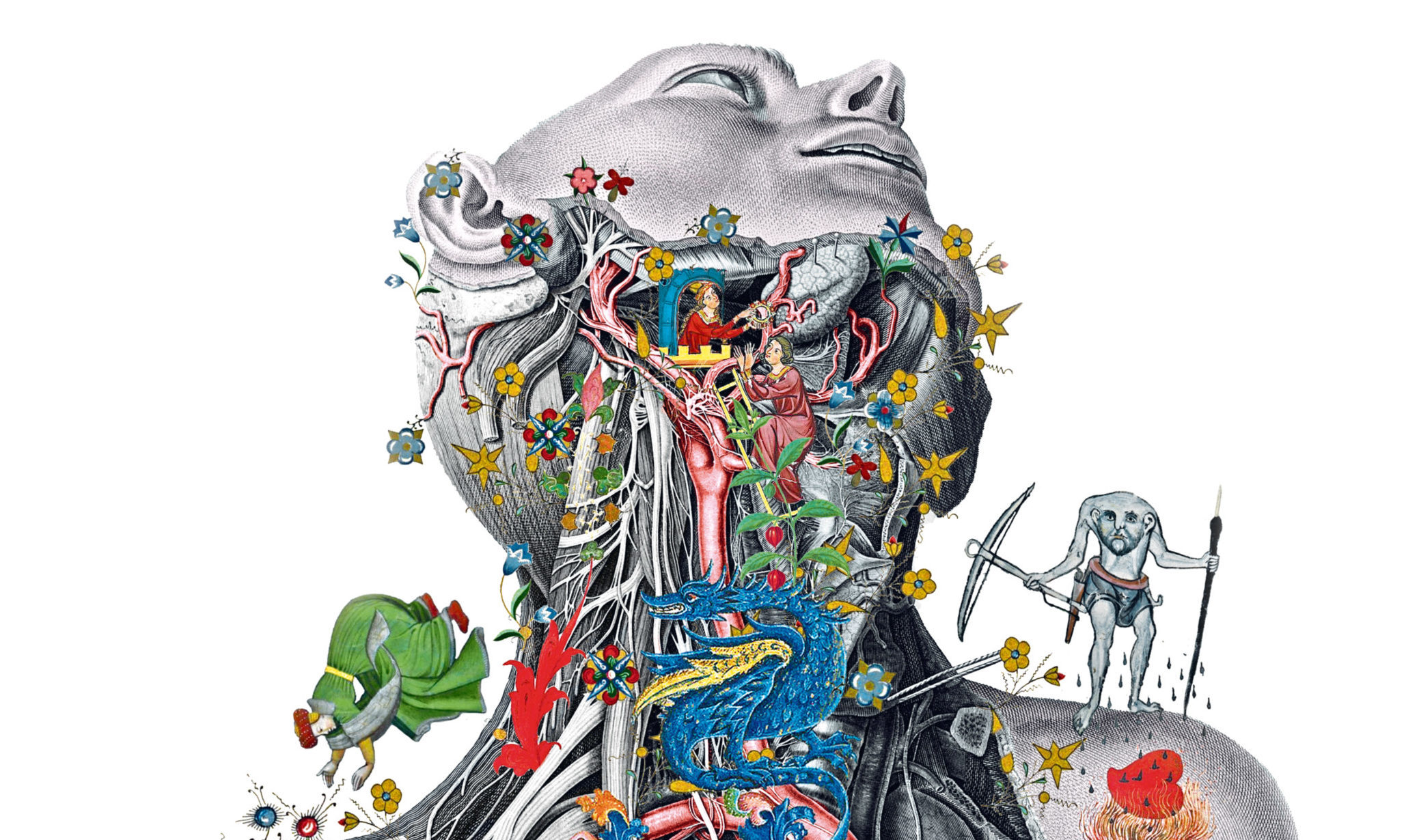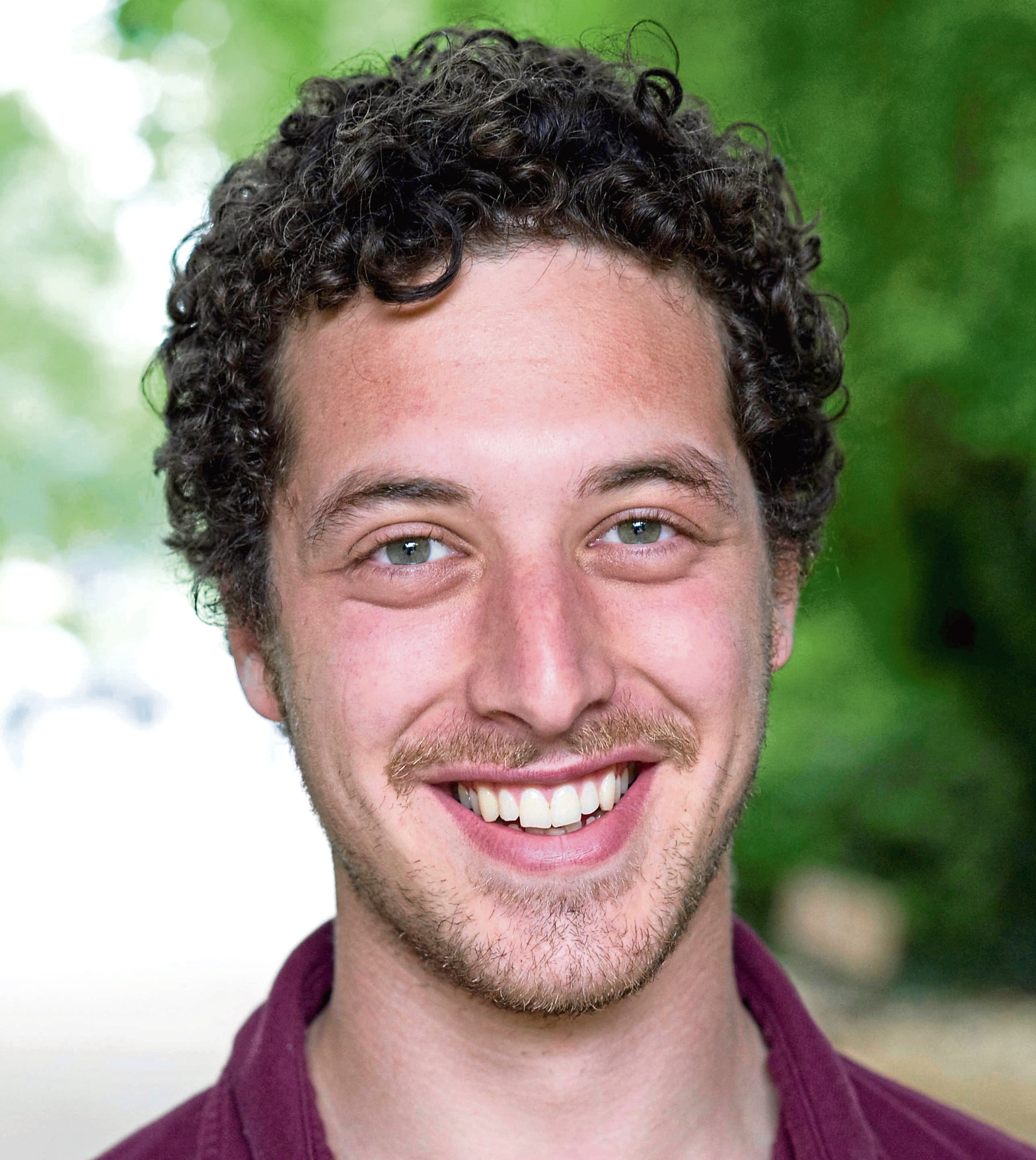
FROM bizarre remedies to pioneering practices which helped shape modern treatments, University of East Anglia lecturer Jack Hartnell, author of fascinating new book Medieval Bodies, tells Laura Smith the Honest Truth about health in the Middle Ages.
What’s your background?
I’m an art historian and lecturer at the University of East Anglia. For the last seven years, I’ve been researching the visual culture of medicine, as cure and practice, in the European Middle Ages.
Why did you decide to write this book?
I think the Middle Ages gets a very bad press. It is so ingrained in our popular culture, from Braveheart to Blackadder, that it was a tough time when life was really bleak and unpleasant. And medieval medicine is thought of as being even worse. But the Middle Ages was the source and continuation of a huge variety of interesting and complicated theories around how the body works, how to keep it healthy and how to cure it.
When was the Middle Ages?
It’s generally thought to range from the 6th Century and the break up of the Roman Empire, up until the 15th Century when there was a revival of renaissance ideas across Europe.
What do you know about medieval medical thinking and practice?
Anatomy and dissecting the body only started in the early 14th Century, so there was a different medical thinking for a large part of the Middle Ages. There were two camps: one had theoretically trained academic doctors who worked in universities and were interested in classical texts exploring how the heart or brain might function.
But there were many other medical practitioners. Surgeons were extremely competent in setting broken bones and performing minor operations on the body like cosmetic procedures, especially rhinoplasty or reshaping the nose. Then there were folk healers, who took a more homeopathic or spiritual view, seeing the human body in tune with nature.
What about some of the cures?
You would get a lot of weird and wonderful cures but there was always a fierce logic behind them.
An example is phlebotomy or bloodletting.
It was believed all sorts of ailments could be cured by puncturing the body at various points to drain blood.
There was a complicated language around the balance of the body, centred on the four humors – blood, phlegm, yellow bile and black bile. These elements circulated within and energised the body and had to be kept in balance. If there was an excess of one, it needed to be drained or treated to restore balance.
When you don’t have microscopes, X-rays or CT scans to see into the body all you have to go on is your hunch and the idea of balance was a strong one.
When we are ill, we still talk about feeling out of sorts or out of balance.
Another example is the prescription of water-downed wine for pregnant women.
Many classical and medieval texts suggested a foetus was grown by heating various substances within a woman’s body.
Watered-down wine was recommended to increase a woman’s body heat and therefore grow a child.
Other remedies tended towards the superstitious. For example, a text from 12th Century Italy recommended that if a woman did not wish to conceive, she should carry the testicles of a weasel tied in goose skin in her bosom.
Did any medieval medical innovations inform modern medicine?
Medieval surgeons had an extremely sophisticated understanding of setting broken bones and bandaging the body so that bones heal in the correct way. They also knew you might have to re-break a bone in order for it to heal and set properly – knowing the body was the best healer. In that sense, their approach is exactly the same as in modern medicine today.
Medieval Bodies: Life, Death and Art in the Middle Ages is published by Profile Books, out now.

Enjoy the convenience of having The Sunday Post delivered as a digital ePaper straight to your smartphone, tablet or computer.
Subscribe for only £5.49 a month and enjoy all the benefits of the printed paper as a digital replica.
Subscribe